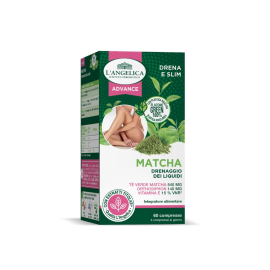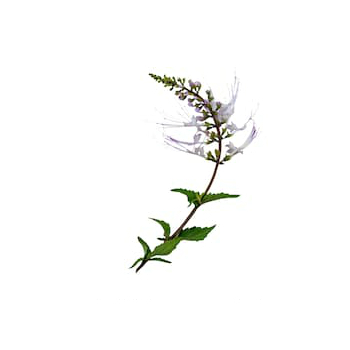FREE SHIPPING FROM 35 €
Search
Natural Ingredients
Ortosiphon
Anti-inflammatory action on the urinary tract
The Orthosiphon is known for its beneficial effects on the urinary tract to increase diuresis in bacterial and inflammatory nature of the disease in the urinary tract.
It is therefore recommended to treat the inflammation of the urinary tract.
The Orthosiphon leaf increases the urinary excretion of nitrogenous compounds (uric acid, urea) and chlorides, for which is used in the gravel, in phosphaturia and in the nephrolithiasis.
For the diuretic its use falls in the adjuvant treatment of hypertension and diet regimes.
The rosmarinic acid content in the plant boasts properties, bacteriostatic and anti-inflammatory.
The presence of flavonoids in Orthosipon also confirmed the antioxidant and preventive action.
It experiences a 'cholagogue activities with a mild increase in liver and biliary function.
I nutraceutici
- 3% of potassium salts
- diterpenes and triterpenes
- 0.02 to 0.06% essential oil (sesquiterpenic carbides)
- 0.2% flavones lipophilic: sinensetin, eupatorina, scutellareina-tetrametiletere, salvigenina, rhamnazina ...
- rosmarinic acid, acid mono- and di-caffeil-tartaric acid (38% of total phenols) and derivatives of litospermico (8%)
Avoid taking in case of known hypersensitivity to one or more components.
Orthosiphon is a popular garden plant because of its unique flower, which is blue and white with filaments like a mustache of a cat. In nature, the plant can be seen growing in the forests and along roadsides.
The orthosiphon has excellent diuretic properties, as it facilitates the elimination of sodium chloride and with it the water retention. The preparations of Ortosiphon, precisely for these characteristics, are indicated in the forms of arterial hypertension, heart failure, and in all cases of water retention for which the physician considers appropriate to intervene with substances having diuretic activity.





